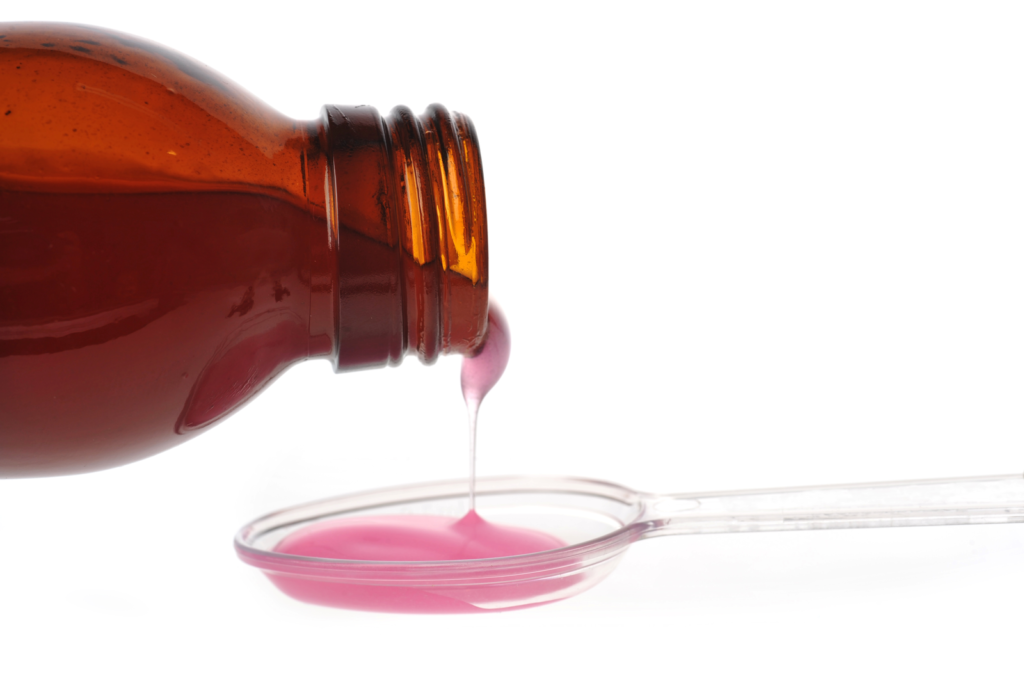Can You Overdose on Kratom? Understanding the Risks

Kratom is a substance that comes from the Mitragyna speciosa tree native to Southeast Asia. It’s long been used in traditional Asian medicine for its sedative, pain-relieving, or stimulant effects, but it’s gained popularity recently for medicinal and recreational uses.
While kratom is easily accessible and legal in many jurisdictions, it’s not without risks – including possible overdose. Learn more about kratom overdose risks, symptoms, and treatment.
Key Points
- Kratom is an herbal remedy derived from the Mitragyna speciosa tree.
- Though widely available and legal in many places, kratom is not without risks and side effects.
- It’s possible to overdose on kratom, but the toxic dose isn’t established because of differences in products, potency, and individual factors.
- While there’s not much research into kratom addiction, it’s believed to have potential for dependence, withdrawal, and addiction.
What Is Kratom?
Kratom is an herbal substance derived from the leaves of the Mitragyna speciosa tree. It’s grown in Southeast Asia, particularly Thailand, Myanmar, and Malaysia. Traditional Asian medicine used kratom as a stimulant to help laborers overcome exhaustion and muscle pain, as well as a substitute for opium.[1]
Kratom’s active compounds, mitragynine and 7-hydroxymitragynine, can produce opioid-like effects that relieve pain, leading to its use as an alternative to narcotic painkillers.[2] Kratom contains phytochemicals, mitragynine and 7-hydroxymitragynine, that can produce therapeutic effects, but they also have toxicological properties.[3]
Kratom became illegal in 1943 in Thailand with the Kratom Act 2486. Since then, the Thai government put Narcotics Act B.E. 2522 in place in 1979, making kratom Category V – the same as marijuana.[4] It was removed from the list in 2021.
In the US, kratom is available on the market as a natural remedy and recreational drug. It’s not a controlled substance listed in the Controlled Substances Act, but its safety and risks are under review.
How Is Kratom Used?
Kratom is used in several different ways. It’s available in liquid form for pain relief and capsules, tablets, or loose leaves that may be consumed or brewed into tea. In Asian medicine, kratom is a substitute for opium.
Low doses of kratom may act as a stimulant. Higher doses can cause euphoria and may relieve pain due to the effects the active ingredient has on the opioid receptors. In some cases, kratom may be used as a remedy for opioid withdrawal.
Kratom has recreational uses as well. People may use kratom to relieve social anxiety or get high. Though kratom is seen as a safe herbal remedy, it has risks and side effects.
Kratom Risks
Kratom is used to help with pain, fatigue, anxiety, or withdrawal symptoms. Its effects can occur quickly and may last several hours, but there’s no regulation for kratom like there are for pharmaceuticals. Because the concentration of active ingredients can vary, it’s difficult to predict the effects or their onset accurately.
There’s not much research into kratom’s effectiveness. However, the possible side effects are well known, including:[5]
- Dry mouth
- Nausea
- Vomiting
- Weight loss
- Constipation
- Liver damage
- Muscle pain
- Drowsiness
- Hallucinations
- Dizziness
- Slow breathing
- Seizures
With no regulations to standardize kratom dosage or potency, it’s difficult to determine a toxic dose. In rare cases, kratom can cause coma and death.
Can You Overdose On Kratom?
According to the Centers for Disease Control and Prevention (CDC), during 2011-2017, there were 1,807 calls to the national poison center for reported exposure to kratom.[6] Kratom was determined to be a cause of death in 11 states during July 2016-June 2017 and 27 states during July-December 2017.[7]152 deaths tested positive for kratom, and 91 of them determined kratom to be the cause of death.[8] However, other substances may have been involved.
The symptoms of a kratom overdose may include:[9,10]
- Pinpoint pupils
- Hypoxia
- Slowed breathing
- Blue lips and skin
- Fast heart rate
- High blood pressure
- Irritability
- Nausea
- Drowsiness
- Seizure
- Coma
Kratom Overdose Risk Factors
Kratom is widely available, but it’s not without health risks. At low doses, kratom produces stimulant-like effects such as high energy, alertness, talkativeness, and sociability. With long-term use, kratom can cause weight loss, anorexia, constipation, and frequent urination.
Large doses of kratom can have more serious health risks, including overdose, psychosis, seizures, and psychotic symptoms like hallucinations, delusions, and confusion.[11]
In addition to the risks of kratom alone, there’s a significant risk from mixing kratom with other drugs like alcohol, opioids, marijuana, antidepressants, or stimulants.[12] Kratom can have both stimulant and sedative effects, depending on the dose, making it unpredictable. When it’s mixed with other drugs, the effects may be amplified, leading to dangerous complications like overdose.
If you suspect someone is overdosing on kratom or other drugs, call 911 immediately. The signs may not be as recognizable or obvious as alcohol or opioid overdose signs, but it is a dangerous situation.
While you wait for help to arrive, check the person’s airway to ensure they’re breathing. Administer CPR if you’re trained to do so. If the person is unconscious but breathing, move them into a recovery position by rolling them onto their side, bending the top leg over the bottom leg, and tilting the head backward.
If the person has a seizure, try to keep them safe by moving away sharp objects, cushioning their head, and turning them on their side. Don’t leave them alone.
Is Kratom Addictive?

The research is limited to the addictive potential of kratom and its long-term risks and effects. The effects of the substance can vary based on dose, the potency of the active ingredients, and whether the source is contaminated. There are individual differences in how the drug is metabolized as well.
Kratom’s effects and withdrawal symptoms aren’t as well understood or established as other substances. However, it’s possible that kratom’s effects and action on the opioid receptors can lead to physical dependence, which is when the body becomes used to the presence of a substance and needs it to function. When the substance is no longer used, withdrawal symptoms can occur.
The symptoms of withdrawal may include:[13]
- Irritability
- Nausea
- Diarrhea
- Insomnia
- Muscle pain
- Mood swings
- Joint pain [14]
- Runny nose
Kratom Addiction
It’s not well known if kratom can be addictive. If drug addiction to kratom does occur, it will have similar symptoms to a substance use disorder as defined by the Diagnostic and Statistical Manual of Mental Disorders, Fifth Edition (DSM-5), which may include:[15]
- Unsuccessful attempts to reduce or stop kratom use
- Continued use of kratom despite problems
- Spending a lot of time obtaining, using, or recovering from kratom use
- Loss of interest in recreational activities because of kratom use
- Using kratom in risky situations
- Problems at work, home, or personal life because of kratom use
Treating Kratom Abuse and Addiction
Though kratom isn’t recognized as a substance use disorder, it may be difficult to stop using kratom on your own. It’s important to get help as early as possible to avoid adverse effects, including possible fatal overdoses.
If dependence has occurred, medical detox can help you overcome withdrawal. A medical team monitors your health 24/7 and provides medications or support as needed to reduce the severity of symptoms and prevent complications.
Once detox is complete, it’s best to enter a kratom addiction treatment program to address the emotional, social, and psychological factors of addiction. Addiction treatment is individualized, but inpatient and outpatient treatment with behavioral therapies and traditional therapies like individual and group counseling can be effective.
Be Cautious with Kratom
Kratom is widely used and seen as a safe alternative to opioids, but it’s not without risks like overdose. If you use kratom and are struggling with drug abuse or addiction, seek help as soon as possible to avoid adverse effects and complications.




